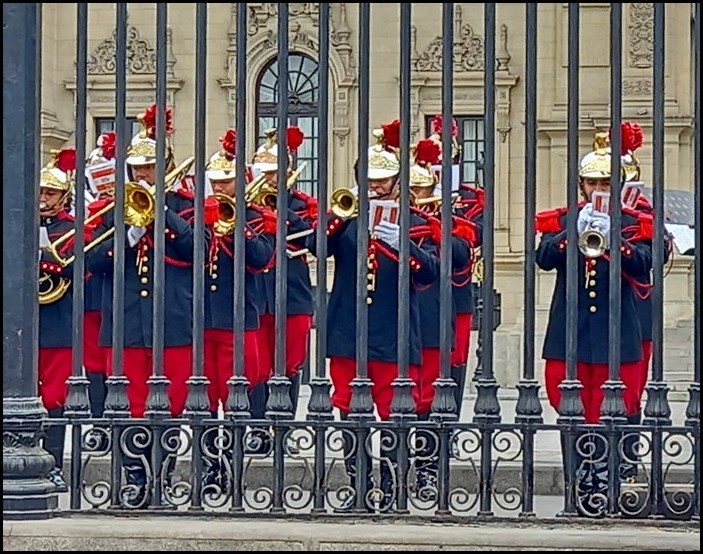
12 Interesting Facts about Peru
I’ve been exploring Peru for one month thus far, with three months more to go. I’ve seen many beautiful natural places, including a desert oasis, sandy beaches, multi-colored cliffs plunging into the sea, dry barren (but surprisingly beautiful) mountains, the famous Nazca Lines and more.
The best is still yet to come. Tomorrow I’ll land in historic Cusco city, where I’ll stay for two weeks, then explore nearby Inca ruins, including renowned Machu Pichu, and eventually head over to the world’s highest navigable fresh water lake, Titicaca.
During this time I’ve learned many, many intriguing facts about Peru from my own personal experiences here, as well as from talking to Peruvians & travelers and researching online.
Following are 12 of the most surprising, intriguing and interesting things I learned about this former Inca stronghold.
Did you know any of these cool things about Peru?
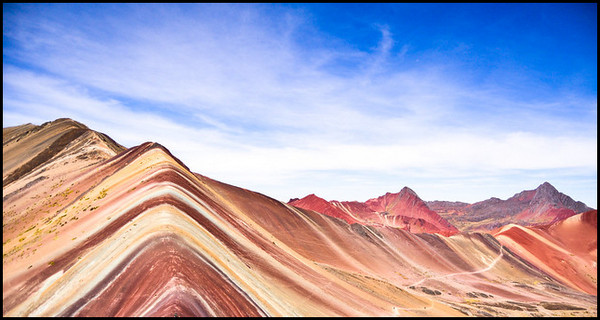
1. Peru has rainbow-colored mountains
The aptly-named Rainbow Mountains are situated in the high Andes Mountains of southwestern Peru between Cusco and Lake Titicaca.
There are several astounding, multi-hued mountains spread out over a vast area, but the most famous and spectcular is called Vinicunca. This long bare hill is striped with various brilliant shades of reds, yellows, oranges, beiges, browns, white and even lavendar and turquoise. In total, there are 14 different minerals that account for the uniquely-colored mountain.
Vinincuna is both extremely remote and extremely high. The altitude is 5200 M / 17,000 ft. From the closest access point visitors must hike three hours in high altitude to reach the spectacular mountains.
This incredible mountain was only discovered a few years ago. Until then, it had been covered by heavy snows year-round. Since it’s discovery, Vinicunca has been quickly and steadily becoming one of Peru’s most famous attractions.
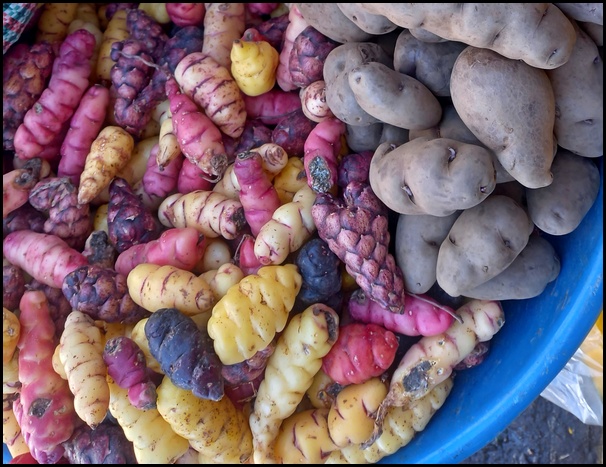
2. More than 3500 varieties of potatoes grow in Peru!
Much to my surprise, I recently learned that potatoes originated in Peru. Wow, I had always thought potatoes came from Ireland. Who knew?
Not only that, but an astonishing 3500 different varieties of potatoes are grown in Peru. Some unusual types come in vibrant shades of reds, purples, oranges and yellows. Above are some spuds I photographed in a small Andes town market.
Nowadays, some of these interesting potatoes are being used in Peru’s world-famous gourmet cuisines, created by Peruvian master chefs who utilize traditional native dishes in their creations.
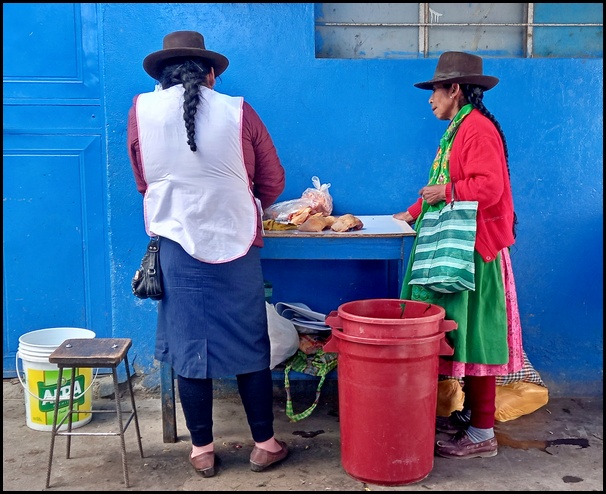
3. Peru has three official languages
Most countries in the world have just one official language, even if other indigenous languages are also spoken in the country.
In Indonesia, for instance, the country’s official language is Bahasa Indonesia. However, dozens of other distinctive regional languages are spoken by locals, such as the Balinese language on Bali Island.
In fact, it’s pretty rare for a country to have more than one official language. But Peru has three: Spanish, Quechua and Aymara.
The latter two are traditional languages of the native Incas. In remote parts of Peru, and even in some major cities, many Peruanos speak Quechuan or Aymara as their primary language, making Spanish a secondary language to them.
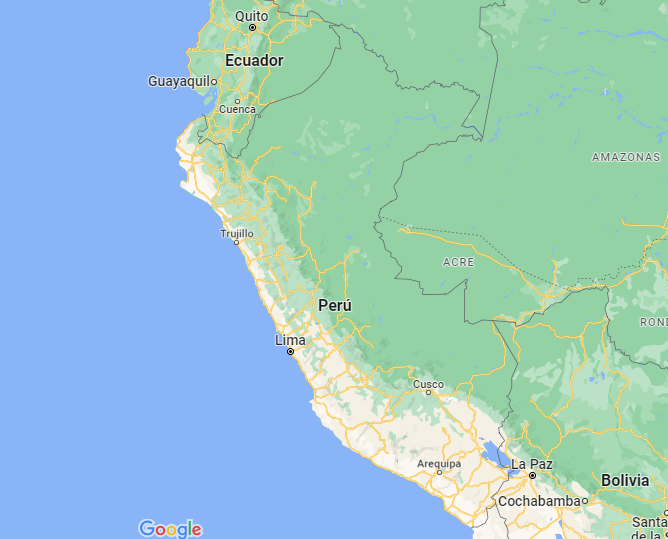
4. The Amazon region occupies 60% of Peruvian territory
I don’t know about you, but I’ve never associated Peru with the Amazon. I’ve always thought of Peru as Andes Mountains and its famous high altitude mountain sites of Machu Pichu, Cusco and Lake Titicaca.
Indeed, the Andes Mountains run right through central Peru, including some South America’s highest Andes Peaks.
However, Peru’s territory in the Amazon is considerably more vast than all its mountainous land. In fact, rather amazingly, a full 60% of the country is occupied by the Amazon and its tributaries.
In the map above, all the bright green areas in eastern Peru are Amazon jungle.
The only other country with more territory in the Amazon is Brasil.
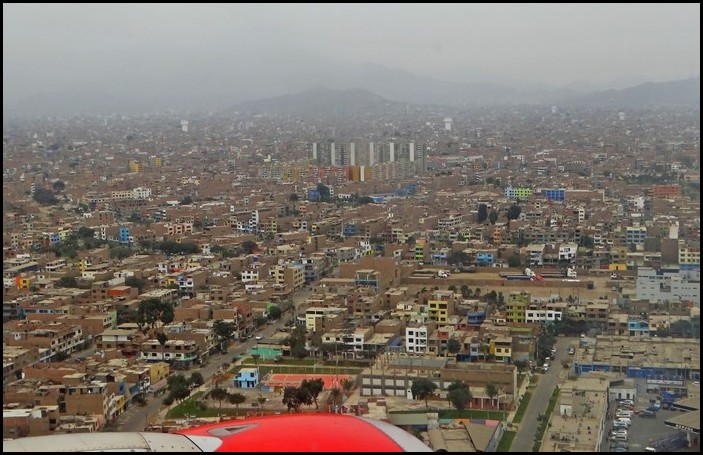
5. Lima is 5th largest city in South America
With a population of nearly 11 million, Lima is now classified as a mega-city (cities with a population of 10 million or more). This also makes Lima the fifth largest city in South America after Buenos Aires, Argentina; Rio de Janeiro, Brazil; Sao Paolo, Brazil and Bogota, Colombia.
Lima is also massive in geographical size, sprawling an incredible 100 km sq / 62 square miles. Think about that for a while.
Perhaps even more surprising, a full third of Peru’s citizens live in Lima. The entire country has a population of 33 million.
With almost 35% of Peruanos living in the capital city, that leaves many parts of Peru with sparse populations and heaps of undeveloped natural areas in the Andes Mountains, Amazon jungles and vast, dry deserts situated around the country.
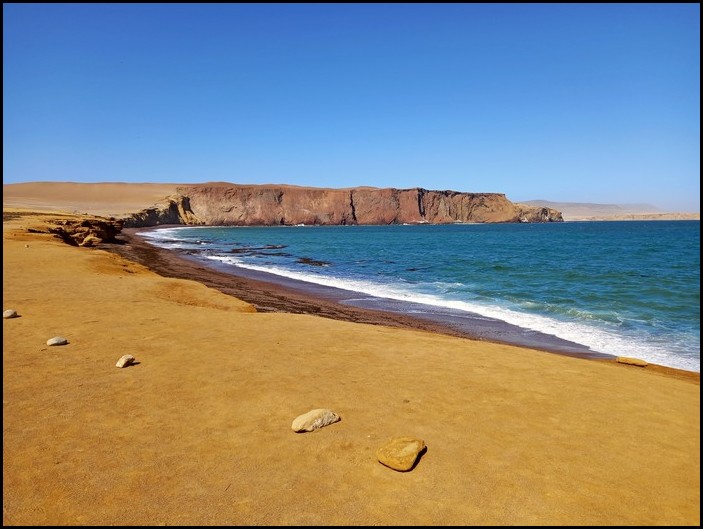
6. Peru has 3000 km of coastline on Pacific
Peru is located on the western side of South America, right about in the middle of the continent. Shaped roughly like a rectangle or oval, Peru has a very long Pacific coastline: 2000 miles / 3000 km of coastline, in fact.
Most of the land along the coast is dry, featuring vast tracts of desert, tall cliffs, rocky bluffs, both sandy and rocky beaches, bays & inlets, offshore islands and rock formations. Even Lima is situated atop tall rugged cliffs than plunge down to long rocky beaches.
There are many spectacular areas along Peru’s coast, with Paracas National Reserve considered one of the most beautiful. It features sheer cliffs, sandy beaches and dry desert mountains, all of different colors,
Peru also has plenty of renowned beaches, especially in the northern, hotter region of Peru. Notable beaches include Trujillo, Punta Sal and Mancora, among others.
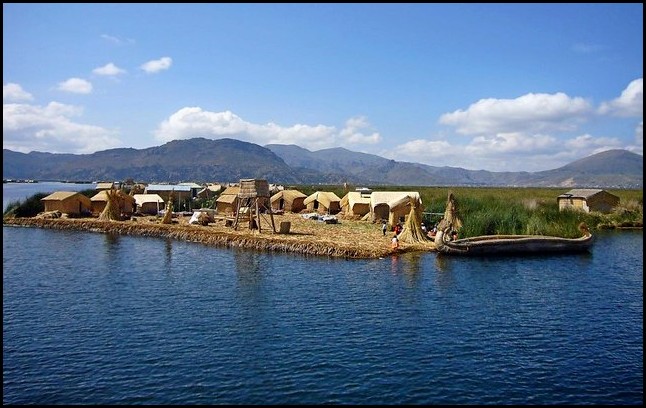
7. World-Famous Machu Pichu and Lake Titicaca are located in Peru
I’m sure just about everyone, worldwide, has heard about South America’s spectacular Machu Pichu and high-altitude Lake Titicaca. Most may also know that Machu Pichu is an ancient Inca temple site and that Titicaca is one of the world’s highest freshwater lakes.
Both places count among South America’s most famous and popular tourist destinations. But it might not be as clear where exactly in South America they’re located. The answer is that they are both located in the high Andes Mountains of southwestern Peru.

8. The Inca Empire was based in Peru
Everyone has heard of the ancient Incas, who ruled a vast empire in South America. They originated in the high Andes Mountains of Peru, but perhaps not as long ago as one might guess. In fact, dozens, if not hundreds, of other lesser-known indigenous tribes thrived in Peru long before the Incas.
The Incas came onto the scene in the Cusco region in the 1200s. But they didn’t become a major power until the 1400s, which is relatively recently, considering that many Peruvian indigenous cultures lived in the area from as early as 6000 B.C.
In the 1400s, from their base at Cusco, the Incas led a series of miltary campaigns through Peru and then further north through present day Ecuador and southern Colombia. They set up bases in each region, installed local governors, subjugating other local tribes and sometimes mixing customs, foods and religions with other cultures.
Also perhaps surprising to many people, the great Inca Empire was rather short-lived because of the Spanish invasion. The Spaniards arrived in early 1500s and quickly dominated the Incas and other local tribes. That means the vast Inca Empire thrived for less than 100 years.
Because of the Spaniards’ superior weapons (guns, canons), their horses (unknown to the Incas) and the inadvertent spread of smallpox among local tribes, the Spaniards quickly defeated even the mighty Incas.
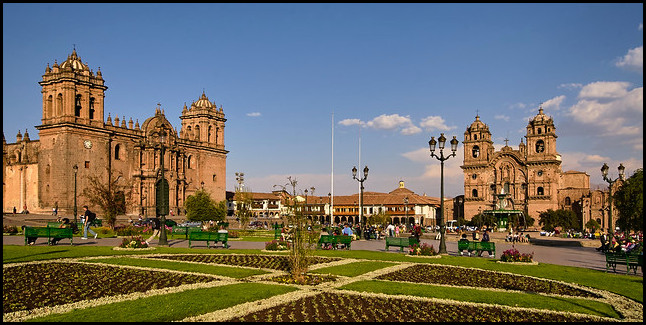
9. Cusco is a UNESCO World Heritage City
Cusco was originally the capital city of the powerful Inca culture who conquered and ruled much of western South America before the Spanish arrived in the early 1500s.
When the Spaniards defeated the proud Incas, the conquerors built their own Spanish-style city on top of the Inca’s capital, using European architecture of the 1500s and, later, 1600s. In some cases they created unique buildings that mix European and Inca architecture, making these structures unique to the world.
Today much of Cusco’s colonial architecture and Inca ruins still survive, making it a charming and beautiful historic city. In addition, many indigenous people also live in and around Cusso, adding even more culture variety, authenticity and charm.
UNESCO admired Cusco so much that it designated the city a World Heritage Site in 1983. The Peruvian government has also declared Cusco as the official Historic Capital of Peru.
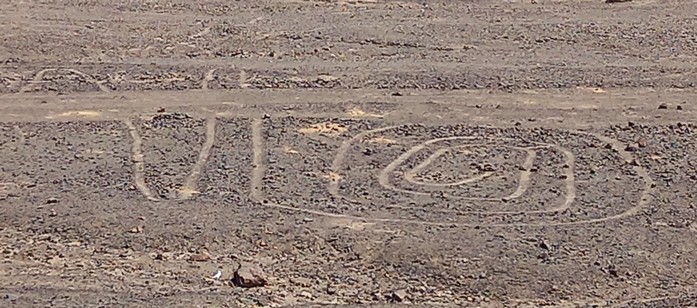
10. The famous Nazca Lines are located in Peru
Have you ever heard of the Nazca Lines? You know, those ancient massive figures and shapes carved into the Earth that are still quite a mystery in terms of their purpose and technique for creating them by the Nazca culture.
Well, those mysterious over-sized figures are located in Peru. More specifically, they’re located near the small town of Nazca, which is about 4.5 hours south of Lima.
Since their discovery, people have come up with over 50 different explanations for their purpose and function. Some believe the lines had to do with alien visitors. Perhaps the lines were made to communicate with aliens? Perhaps aliens helped the Nazca create them?
Apparently, contact with aliens one of the least likely scenarios. The three most likely pursposes, according to staff at Nazca’s Areheaological Museum, have to do with Nazca tribes’ rituals, customs or religious practices & beliefs. The three main theories are:
The figures were created for astronomical purposes. They were created for use in rituals such as dancing. Or they were created to honor the Gods.
Nazca Lines are one of Peru’s most famous and popular destinations. The best way to see the lines is by taking a chartered flight from Nazca.
But many of the figures can also be seen on land at various points just outside town. Visitors can climb a tall viewing tower at one spot; hike up low hills at other locations.

11. The world’s 2nd highest sand dune is in Peru
Also located just outside Nazca town is Cerro Blanco (White Hill), the world’s second highest sand dune. It rises a whopping 1176 M / 3850 ft in the Sechua Desert, just east of Nazca.
When visiting the Nazca Lines and other attractions just outside town, travelers can clearly see the massive white dune hovering high behind Nazca’s closer dark mountains.
Cerro Blanco looks like a mountain itself, it’s contrasting pale color really standing out among the otherwise dark gray, black and brown dusty mountains surrounding it. In fact, you’d only know Cerro Blanco was actually a sand dune by reading about it or visiting the massive dune in person.
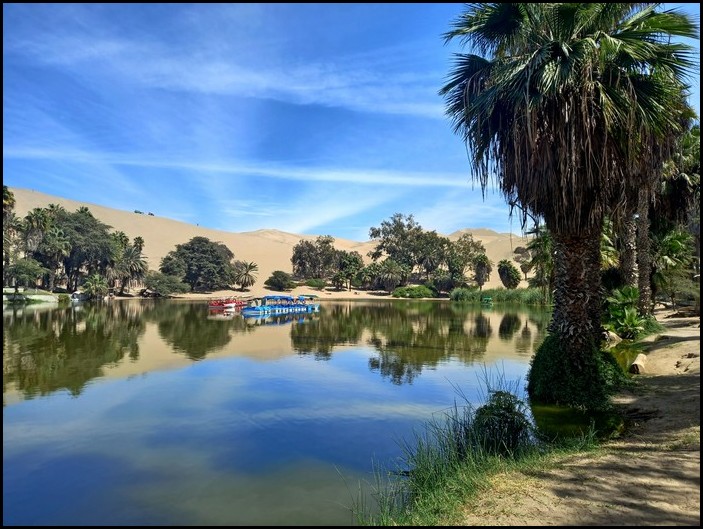
12. Peru is one of the most biodiverse countries in the world
With Peru’s vast Amazonian region, its 3000 km of coastline, sandy deserts and high Andes Mountain ranges, it’s clear that Peru is naturally diverse. However, the country’s natural diversity is considerably greater than even that.
Amazingly, Peru has 28 of world’s 32 climate zones, making it one of the most biodiverse countries in the world.
These climate zones range from the hot, highly-humid tropical Amazonian jungles to ultra-dry desert plains and arid Andes plateaus, where the humidity is as low as 20%.
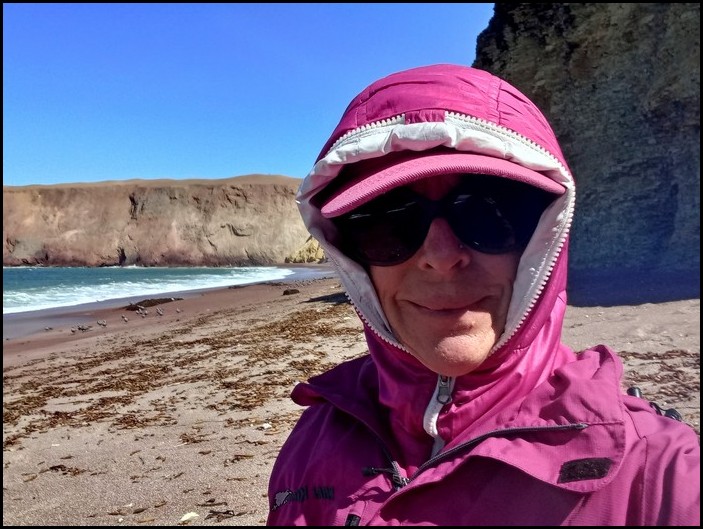
Summary
I hope you enjoyed learning more about intriguing Peru. The country certainly has many spectacular and diverse natural areas, several of which I’ve had the great pleasure of visiting.
As I mentioned above, I’ll be exploring Peru for another three months. I’ll be writing about my adventures and the beautiful places I visit as I go along. So stay tuned for more insights into this amazing country.
============
Meanwhile, you might also enjoy:
11 Surprising Facts about Lima
====================







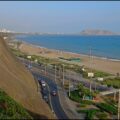
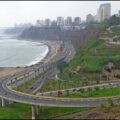
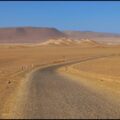
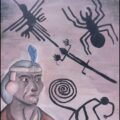

 Hi! I'm Lash, an American nomadic world traveler who's been traveling solo since 1998. I’m passionate about traveling the world nomadically and then sharing it all with you. I hope to inspire you to travel the world, to entertain you with tales from the road, and to help you reach your travel dreams. Welcome!
Hi! I'm Lash, an American nomadic world traveler who's been traveling solo since 1998. I’m passionate about traveling the world nomadically and then sharing it all with you. I hope to inspire you to travel the world, to entertain you with tales from the road, and to help you reach your travel dreams. Welcome! 




4 pings
Introduction to Cusco – Peru - LashWorldTour
2022/08/25 at 11:38 pm (UTC 8) Link to this comment
[…] 12 Interesting Facts about Peru […]
Introduction to the Spectacular Sacred Valley -Peru - LashWorldTour
2022/09/04 at 8:08 am (UTC 8) Link to this comment
[…] 12 Interesting Facts about Peru […]
The Full Machu Pichu Experience - LashWorldTour
2022/10/19 at 5:44 am (UTC 8) Link to this comment
[…] 12 Surprsing Facts about Peru […]
12 Interesting Facts about Chile - LashWorldTour
2022/10/28 at 7:35 am (UTC 8) Link to this comment
[…] ============================You might also enjoy:13 Things I Love about South America12 Surprising Facts about the Galapagos Islands12 Interesting Facts about Peru=========================== […]